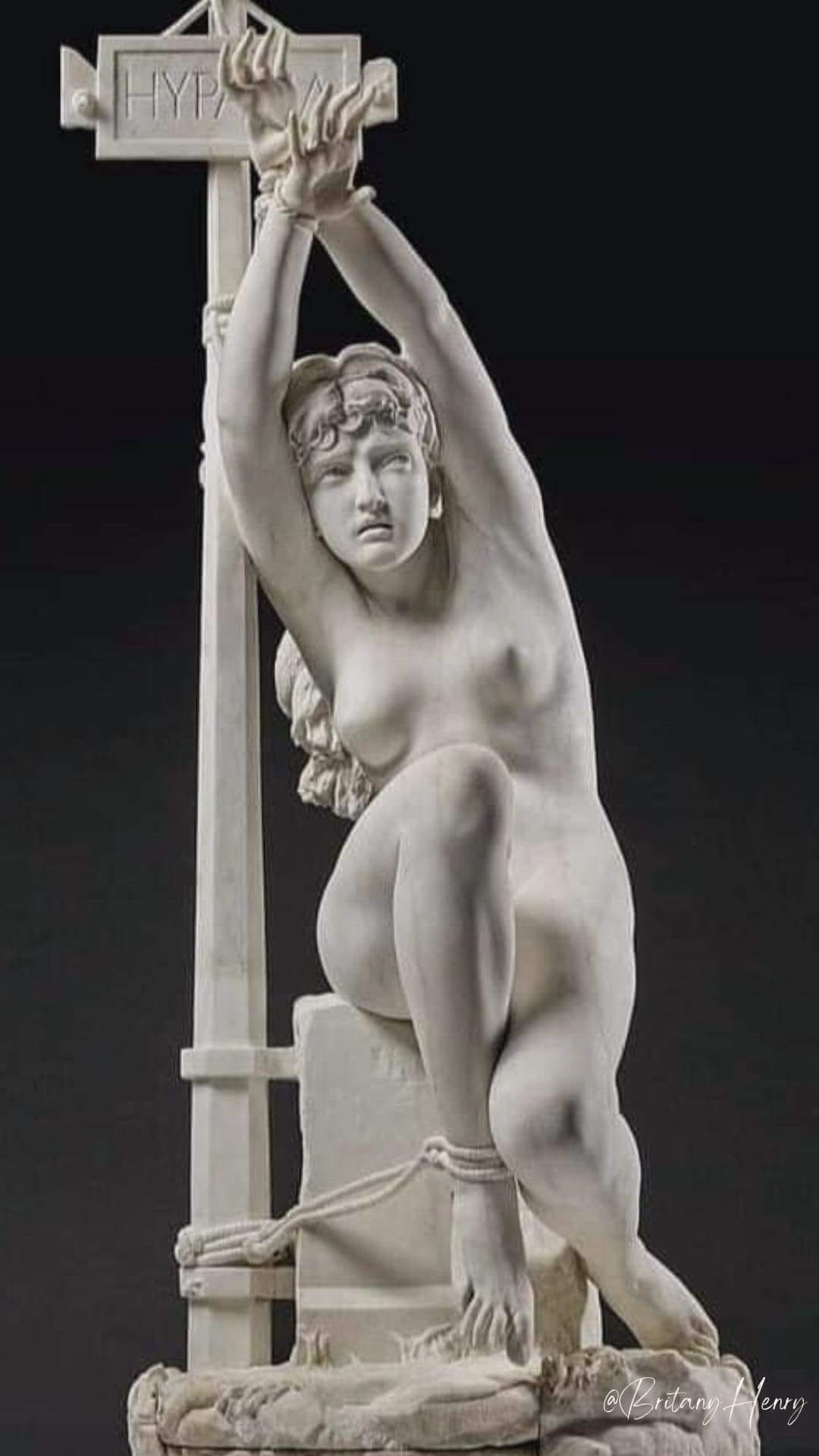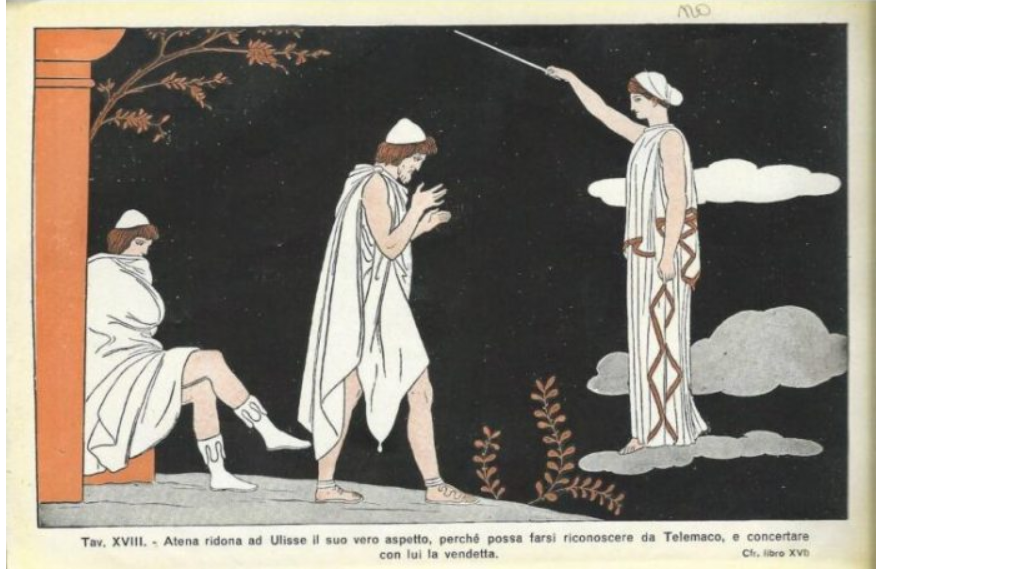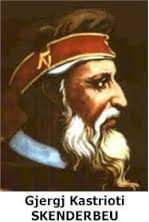“Curtains”. The sculpture is by Odoardo Tabacchi 1874. It belongs to a private collection.
Ipazia of Alexandria (in Latin Hypatia), Greek scientist and philosopher, is still a symbol of freedom of thought, 1600 years after her murder at the hands of religious fanatics. Born between 355 and 370 (exact date is uncertain) under Alexandria of Egypt, she was an important mathematician, philosopher and astronomer.
Daughter of the well-known philosopher Teone, she studied from a very young age in the huge library of Alessandria, and soon became the head of the Alessandrina School. Woman of enormous culture, no one has been written about her, probably because of one of the many fires that destroyed the library (there is uncertainty among historians, but the destruction of the Alessandrina Library could have happened during the lifetime of Ipazia, in 400). Despite the absence of his writings, other philosophers of the time speak of him as one of the most advanced minds that existed back then.
He also came to formulate hypotheses about the movement of the Earth, and it is very likely that he tried to overcome the tolemaic theory that the Earth was the center of the universe.
Ipazia is also remembered as the inventor of the astrolabium, the planisphere and the hydroscope, a tool with which you can measure different specific weights of liquids. In philosophy she joined the Neoplatonic school, even though according to historical sources she did it in an original and eclectic way, and she never converted to Christianity (one of the elements that condemned her to death). In addition to translating and disseminating many Greek classics (it is thanks to her and her father that the works of Euclid, Archimedes and Diophantus took the path of the East tornado and then to the West many centuries later), she taught and disseminated among his disciples mathematical, astronomical and philosophical knowledge in the Museum of Alexandria, which at that time was the most important cultural institution in existence.
In a climate of fanaticism, repudiation of culture and science in the name of the growing Christian religion, Ipazia was crucified in March 415, stoned in a church by a mob of fanatics. His name became famous during Enlightenment, when many authors began to remember his freedom of thought and the high level his studies had reached. Since then she is remembered as a symbol of freedom of thought and women’s independence.


Shënim:
Redaksia, diplomacia. dk nuk e merr përgjegjësinë për pikëpamjet e autorit në shkrimin e botuar!
Respekt!
